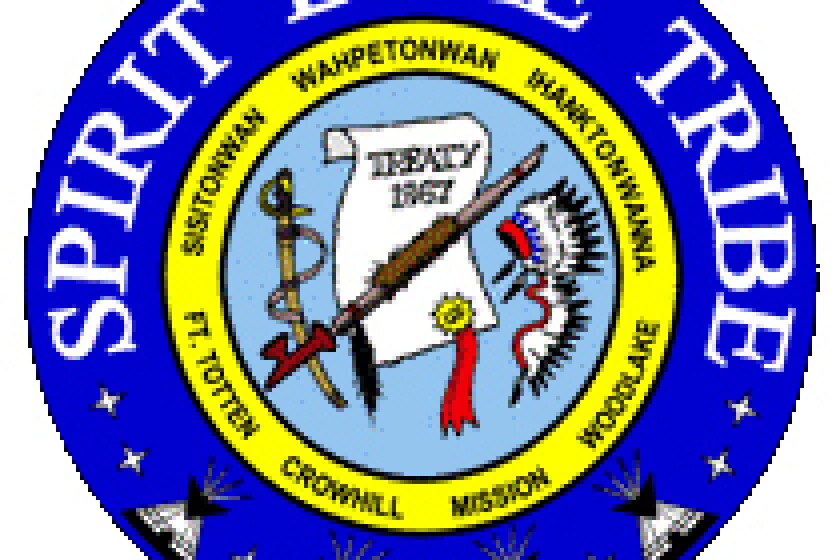FORT TOTTEN, N.D. — Residents of the Spirit Lake Nation will continue to face challenges with undrinkable tap water until at least August 22, tribal officials announced on Tuesday, July 1. The community has been without drinkable water since May 27, following tests at the tribe’s water treatment plant that revealed elevated levels of manganese on May 13 and 20.
Initially, officials aimed to resolve the issue by June 11, a deadline that was later postponed to June 25. However, a recent update on the tribe’s Facebook page extended the water consumption advisory through the week of August 18-22, coinciding with the anticipated implementation of a permanent treatment solution. Efforts to flush at least 4 million gallons of water through the system have been delayed, according to the announcement.
Temporary Measures and Community Impact
While a temporary filtration system is operational, it is functioning at limited capacity, leaving residents to rely on alternative measures. Tribal officials have advised that tap water can still be used for non-consumptive purposes such as bathing, washing clothes, cleaning produce, and cooking food like pasta, provided that the water is discarded before consumption.
To support the community, daily bottled water distribution continues at the four District Wellness Centers from noon to 6 p.m. However, the centers will be closed on July 3-4 for the holiday, reopening on July 5. This ongoing situation has placed a significant strain on the residents, who have had to adapt to the lack of readily available drinking water.
Understanding Manganese Contamination
Manganese is a naturally occurring mineral found in soil, water, and food. While it is an essential nutrient in small amounts, excessive levels can pose health risks, particularly for infants and young children. The contamination at Spirit Lake Nation underscores the challenges faced by many communities across the United States in maintaining safe drinking water standards.
According to the Environmental Protection Agency (EPA), the recommended limit for manganese in drinking water is 0.3 milligrams per liter. The levels detected at Spirit Lake Nation’s water treatment plant exceeded this threshold, prompting the advisory and subsequent measures.
Historical Context and Broader Implications
The water crisis at Spirit Lake Nation is reminiscent of other high-profile water contamination incidents, such as the Flint water crisis in Michigan. These situations highlight systemic issues in infrastructure and resource allocation that disproportionately affect marginalized communities.
Experts in environmental health stress the importance of robust water treatment systems and proactive monitoring to prevent such crises. Dr. Lisa Thompson, an environmental scientist, notes,
“Ensuring safe drinking water is a fundamental public health responsibility. The situation at Spirit Lake Nation is a stark reminder of the vulnerabilities in our water infrastructure.”
Looking Ahead: Solutions and Support
The announcement of a permanent treatment solution offers a glimmer of hope for the Spirit Lake Nation. However, the path to resolution involves not only technical fixes but also sustained community support and investment in infrastructure.
As the tribe works towards implementing a long-term solution, the continued distribution of bottled water and community engagement will be crucial. The situation also calls for increased attention from state and federal agencies to address the underlying issues contributing to water insecurity in tribal and rural communities.
Moving forward, the Spirit Lake Nation’s experience may serve as a catalyst for broader discussions on water quality and infrastructure investment, ensuring that all communities have access to safe and reliable drinking water.
About The Author
 Former USAID Chief Warns Funding Cuts Could Endanger Millions Globally
Former USAID Chief Warns Funding Cuts Could Endanger Millions Globally Racial Disparities in Opioid Prescribing: A New Study Highlights Risks for Black Patients
Racial Disparities in Opioid Prescribing: A New Study Highlights Risks for Black Patients Emerging Middle-Class Consumption Trends in India, Saudi Arabia, and China
Emerging Middle-Class Consumption Trends in India, Saudi Arabia, and China U.S. Banks Boost Dividends Following Federal Reserve Stress Test Success
U.S. Banks Boost Dividends Following Federal Reserve Stress Test Success Red Panda’s Unicycle Mishap Stuns WNBA Fans During Halftime Show
Red Panda’s Unicycle Mishap Stuns WNBA Fans During Halftime Show